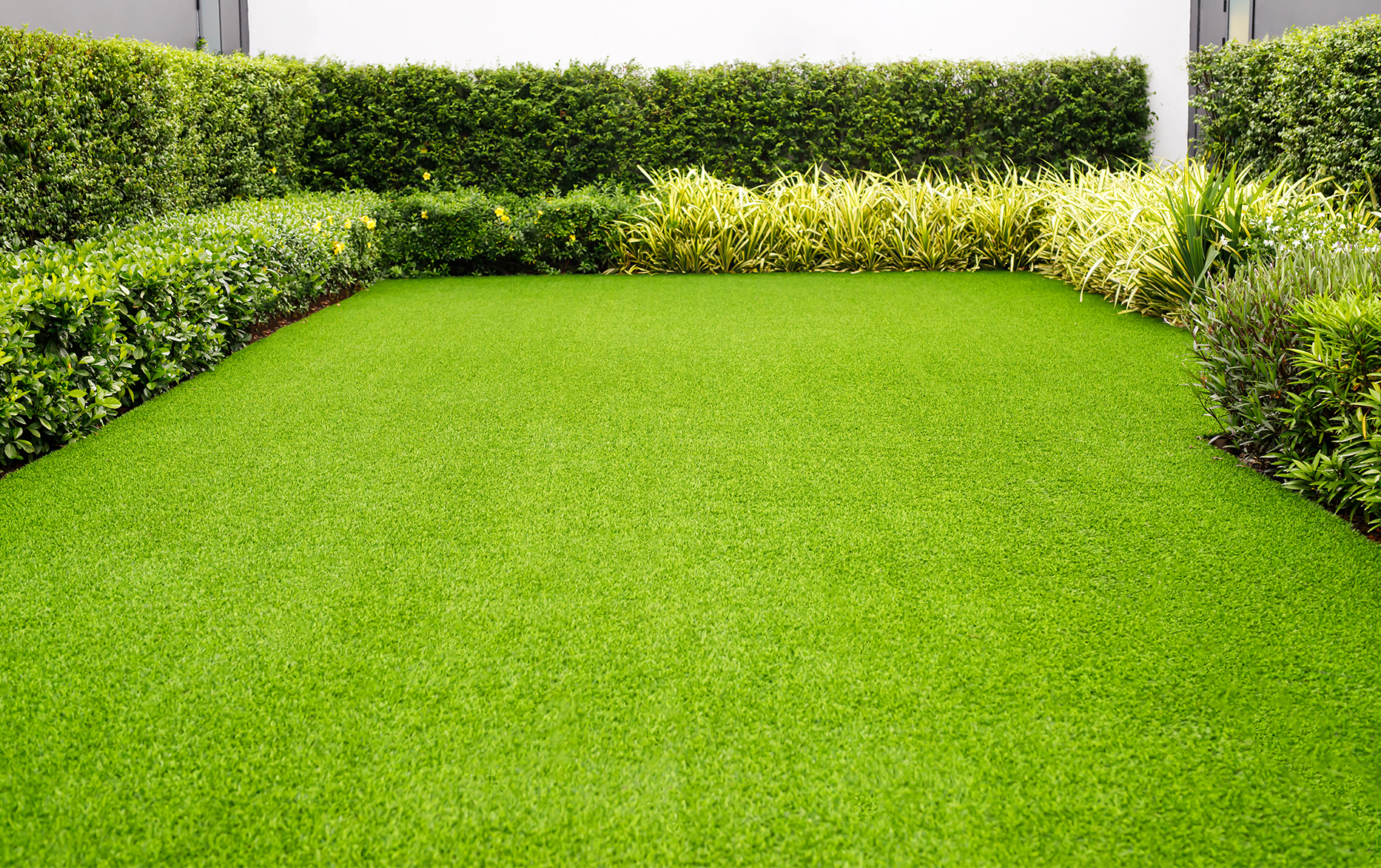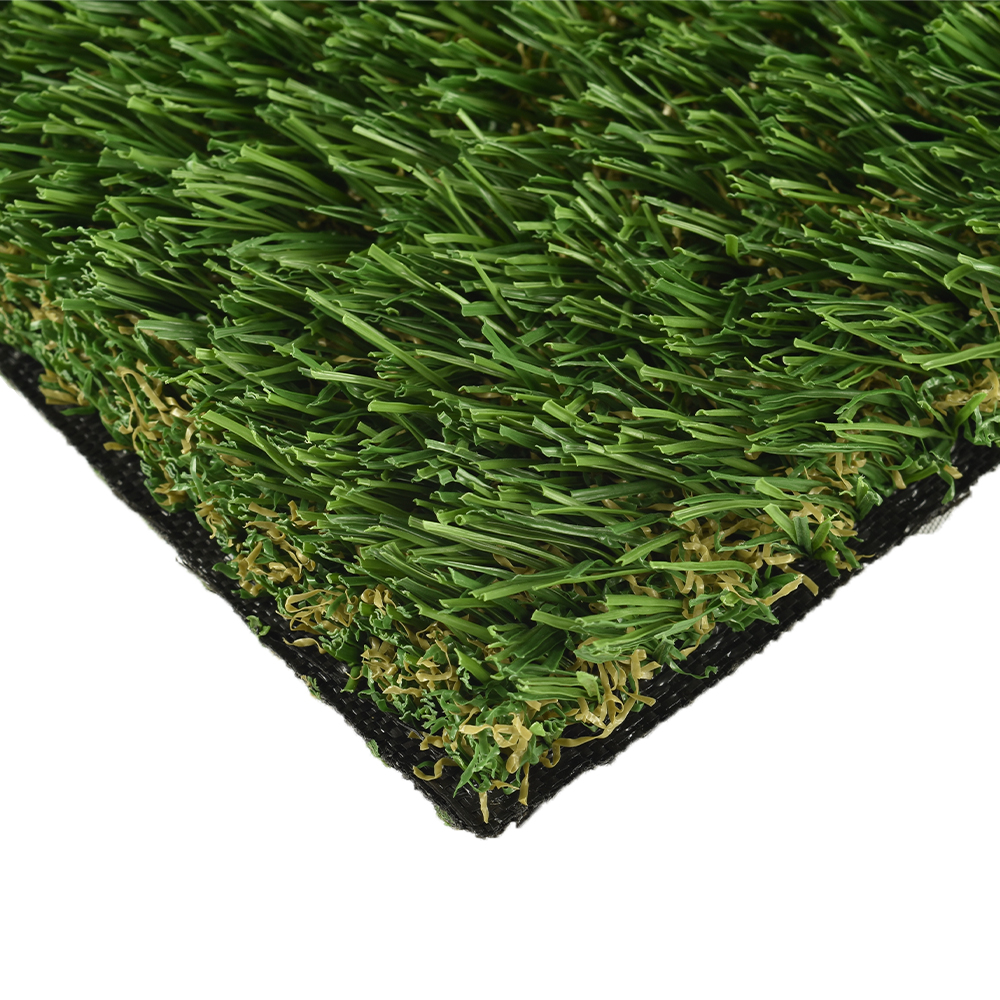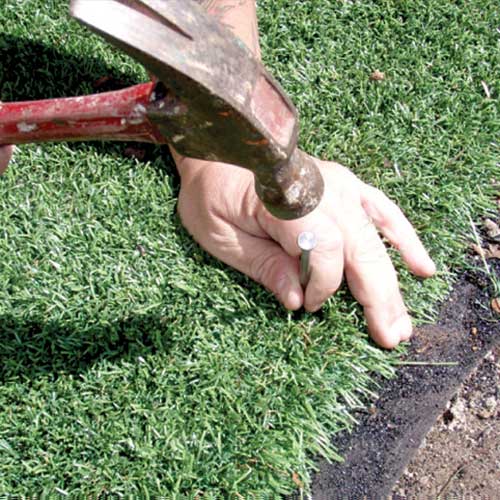Choose Reputable Artificial Turf Companies Phoenix for High-Quality and Natural-Looking Grass
Choose Reputable Artificial Turf Companies Phoenix for High-Quality and Natural-Looking Grass
Blog Article
Look Into the Environmental Conveniences of Opting for Synthetic Grass Solutions
The fostering of man-made turf remedies provides a compelling opportunity to deal with pressing environmental obstacles. By substantially minimizing water usage and lessening the application of hazardous chemicals, these alternatives not just advertise lasting landscaping however likewise protect regional environments.
Water Preservation Conveniences
One of one of the most considerable benefits of man-made turf is its capability to save water. Conventional grass lawns call for considerable irrigation, especially in areas prone to dry spell or water restrictions. On the other hand, fabricated turf does not need watering, substantially reducing the general need for water resources. This attribute is specifically beneficial in deserts where water scarcity is a pressing problem.
By removing the demand for normal watering, synthetic grass contributes to lasting landscape practices and aids alleviate the ecological effect of extreme water intake. Moreover, the conservation of water includes the decrease of drainage, which can result in dirt disintegration and river contamination.
Furthermore, the installation of fabricated turf allows communities and house owners to allot water resources a lot more effectively, concentrating on essential uses such as alcohol consumption water and agriculture. The shift towards synthetic grass not only promotes liable water usage but likewise aligns with more comprehensive ecological goals focused on maintaining natural deposits.
As communities progressively focus on sustainability, the water preservation advantages of artificial turf provide an engaging instance for its fostering in business and domestic landscape design jobs.
Lowered Chemical Usage
The change to synthetic grass substantially reduces the dependence on chemical treatments generally used in natural turf upkeep. Traditional turf management commonly involves the application of fertilizers, herbicides, and chemicals to promote development and control parasites. These chemicals can posture threats to human wellness, local wildlife, and the setting, adding to soil and water contamination.
In contrast, artificial grass removes the need for these hazardous compounds. When set up, it needs marginal upkeep, primarily including routine cleansing and occasional infill replenishment. This decrease in chemical usage not just profits the instant setting yet additionally adds to wider ecological security. By reducing the release of synthetic compounds right into the environment, fabricated grass promotes healthier dirt and water systems.
In addition, the absence of chemical runoff related to synthetic lawn installments assists shield regional waterways from contamination, sustaining water life and maintaining biodiversity. Phoenix turf companies. As communities progressively focus on sustainable methods, deciding for artificial lawn offers a viable remedy that lines up with environmental preservation goals. Via this shift, homeowner can delight in lavish environment-friendly spaces without endangering ecological health and wellness, leading the way for a more sustainable future
Reduced Carbon Footprint

Moreover, the installment of artificial grass can cause considerable water preservation. All-natural grass require considerable amounts of water for watering, which not just includes in the carbon impact related to water extraction and treatment yet also stress local water sources. On the other hand, synthetic grass needs marginal upkeep, requiring no watering, consequently dramatically minimizing water usage and its connected energy prices.
Additionally, the longevity of synthetic grass adds to its decreased carbon influence. With a life-span of approximately 15 years or even more, the requirement for frequent replacements is decreased, causing less waste and reduced power usage in manufacturing and throwing away conventional lawn alternatives. Generally, synthetic grass presents a lasting option for eco conscious landscape design.
Environment Conservation
Environment preservation is an essential consideration in the discussion over landscape design selections, especially when contrasting man-made grass to all-natural lawn. Natural grass lawns frequently require substantial upkeep, consisting of using herbicides, fertilizers, and chemicals, which can negatively affect neighborhood environments. These chemicals can seep into the dirt and rivers, hurting native vegetation and animals and disrupting regional environments.
Artificial turf gets rid of the demand for harmful chemicals, therefore protecting nearby wildlife and maintaining the honesty of bordering ecological communities. The installment of artificial directory grass can lead to the conversion of former lawn locations right into more biodiverse landscapes, such as pollinator gardens or native plant locations, which can sustain regional wildlife.
Eventually, the transition to synthetic grass not just saves water and decreases upkeep efforts but additionally cultivates a much more unified partnership in between human tasks and the natural surroundings, promoting habitat preservation in the process.
Long-Term Sustainability
Long-term sustainability is a vital factor in reviewing the benefits of synthetic turf over standard grass lawns. Among one of the most substantial advantages of synthetic grass is its durability; it can last up to 15-20 years with marginal maintenance, whereas all-natural turf requires frequent reseeding and substitute. This longevity lowers the demand for constant sources, such as water, plant foods, and pesticides, which are vital for preserving a healthy and balanced grass lawn.
Additionally, artificial grass adds to a decrease in carbon emissions connected with lawn treatment tools. Conventional grass typically call for gas-powered lawn mowers, trimmers, and blowers, every one of which contribute to air pollution. Artificial turf companies phoenix. In comparison, man-made turf eliminates the demand for such tools, advertising a cleaner environment
In addition, the production of synthetic grass increasingly uses recycled materials, boosting its sustainability profile. As producers take on eco-friendly techniques, the environmental impact of synthetic grass proceeds to reduce.

Verdict
The adoption of synthetic grass solutions presents substantial ecological advantages, consisting of significant water preservation, reduced reliance on damaging chemicals, and a lower carbon footprint. Artificial lawn aids in preserving all-natural habitats by decreasing land disruption and promoting long-term sustainability through the usage of durable materials. Collectively, these elements underscore the potential of artificial lawn to contribute positively to ecological health and wellness and supply a practical alternative to traditional landscaping techniques in a significantly resource-conscious world.
In comparison, man-made grass does not need watering, considerably reducing the total demand for water sources. By decreasing the launch of synthetic substances into the ecosystem, man-made lawn promotes Recommended Site healthier dirt and water systems.
Moreover, the installment of synthetic turf can result in significant water preservation. In contrast, man-made turf needs minimal maintenance, calling for no watering, thereby significantly decreasing water use and its linked energy costs.

Report this page